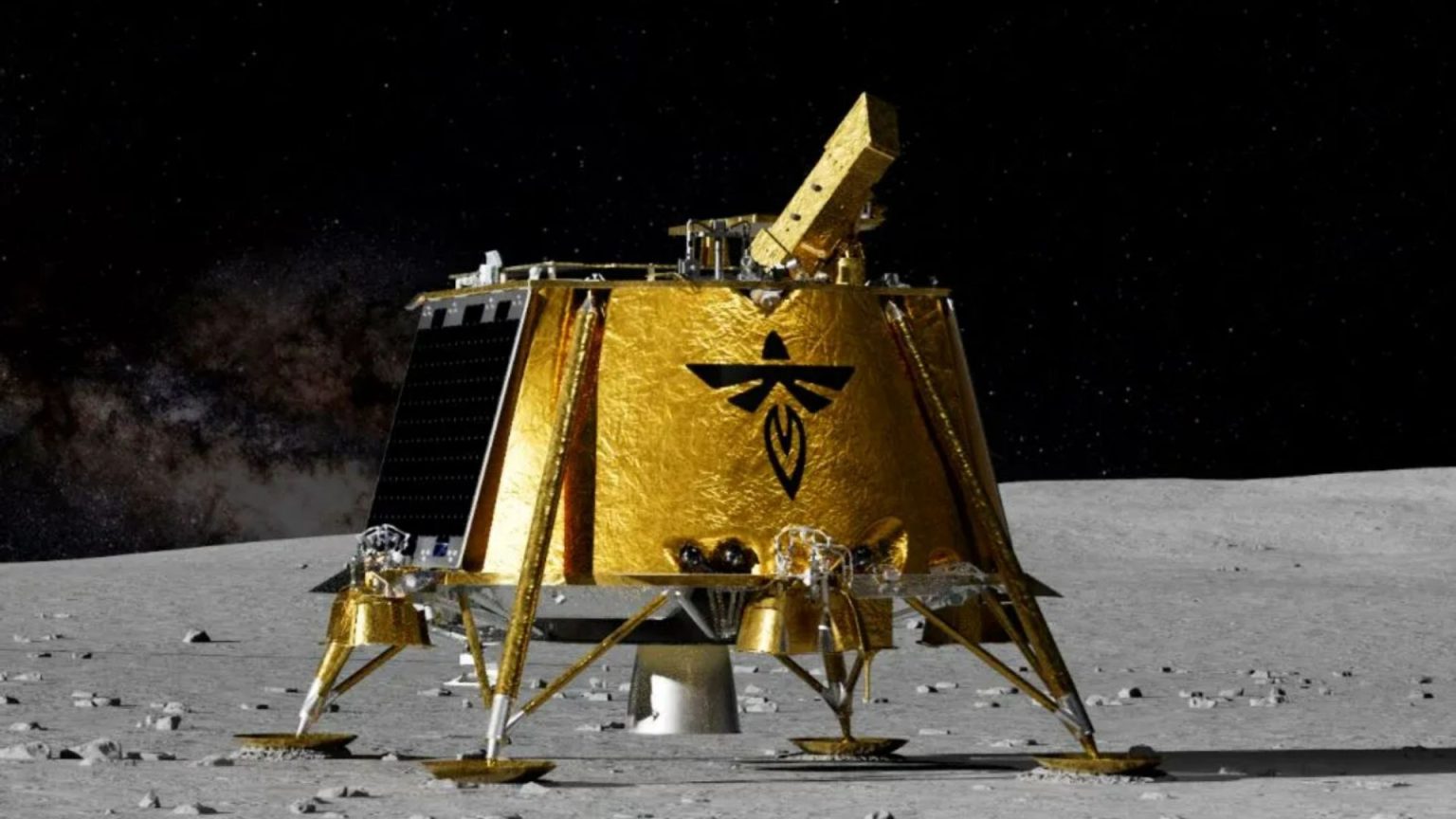Two lunar landers, the Blue Ghost from Firefly Aerospace (US) and Resilience from iSpace (Japan), are poised for launch aboard a SpaceX Falcon 9 rocket, marking a significant step towards establishing a human presence on the Moon. This dual mission, set for January 15th from Kennedy Space Center, highlights the growing role of private companies in lunar exploration and scientific research. The mission’s success will contribute crucial data for future lunar habitats and resource utilization, pushing the boundaries of space exploration and commercial activities beyond Earth.
Blue Ghost, after a 25-day journey in Earth’s orbit and a subsequent 16-day lunar orbit, will aim for a landing in Mare Crisium, an ancient impact basin. Upon landing, it will transmit high-definition images of the lunar surface and commence its scientific payload operations. These include ten NASA experiments focused on measuring lunar radiation, observing Earth’s magnetosphere interaction with solar wind, and precisely measuring the Earth-Moon distance. A successful landing would mark a significant achievement following Intuitive Machine’s Odysseus lander, the first US spacecraft to land on the Moon since 1972 and the inaugural private lander to achieve this milestone.
Resilience, the second lander, carries a micro-rover named Tenacious, tasked with collecting lunar soil samples for potential sale to NASA, demonstrating the emerging commercial viability of space resources. Additionally, it will deploy a self-contained module for experiments in lunar food production, a crucial step for sustaining future human outposts. This mission represents a critical next step for iSpace, following the unfortunate crash of their Hakuto-R lander in April 2023. Their renewed attempt underscores the resilience and determination within the private space sector to overcome setbacks and push the frontiers of space exploration.
Both landers participate in NASA’s Commercial Lunar Payload Services (CLPS) initiative, leveraging private sector innovation to advance lunar science and exploration. This program represents a cost-effective approach to gathering vital data for future lunar missions, including the Artemis program aimed at returning humans to the Moon. The short 14-day operational window, dictated by the onset of lunar night and the extreme temperature variations between lunar day and night, highlights the engineering challenges and the precision required for these missions.
The Moon, Earth’s only natural satellite and the fifth largest in the solar system, presents a challenging but scientifically rich environment. Its surface temperatures fluctuate dramatically, from scorching daytime highs exceeding 121°C (250°F) to frigid nighttime lows plummeting below -133°C (-208°F) near the equator, with even colder temperatures in permanently shadowed polar craters. This extreme environment, coupled with the Moon’s lower gravity (approximately one-sixth of Earth’s), presents significant challenges for robotic and human exploration.
Understanding the Moon’s composition, its formation approximately 4.51 billion years ago, and its interaction with Earth’s magnetosphere are key scientific objectives. From its synchronous rotation with Earth, always presenting the same face, to its role in solar eclipses, the Moon has captivated human curiosity for millennia. The upcoming missions by Blue Ghost and Resilience represent the latest chapter in humanity’s lunar endeavors, building on the legacy of the Soviet Luna program, NASA’s Apollo missions, and paving the way for future human settlements and scientific breakthroughs on our celestial neighbor.


